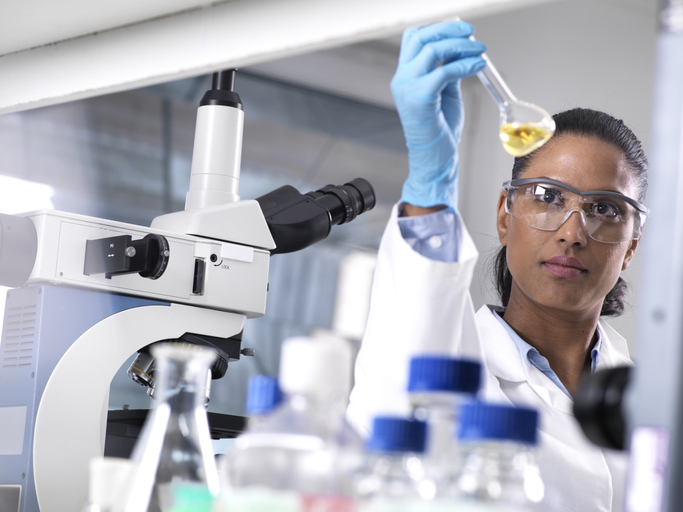Droplet digital polymerase chain reaction (ddPCR) technology is emerging as an efficient, accurate, and precise way to measure transgene copy numbers. With it, scientists may screen for clonal features early in cell line development and continuously monitor genetic cell line stability throughout the product life cycle.
Writing in New Biotechnology, first author Daniel Heinzelmann, project coordinator in cell line development, and colleagues at Boehringer Ingelheim, noted, “Our results identified ddPCR as the preferred method for assessing copy number stability in clonal cell lines.” As such, it is a targeted, high-throughput, and cost-effective alternative to RNA sequencing applications.
The absolute copy numbers quantified by ddPCR were comparable to those identified by Southern blot analysis, fluorescence in situ hybridization (FISH), and targeted locus amplification. The coefficient of variation was only five percent.
Because ddPCR can quantify multiple sequences, it may be used for targeted transcript quantification in parallel or multiplexed bioprocesses and clonal screening such as screening for host cell proteins or genes that influence cellular metabolism and protein folding. The Boehringer Ingelheim team also used ddPCR to predictively screen clones, particularly asymmetric molecules, which may have multiple polypeptide chains.
When ddPCR is combined with amplitude multiplexing, the scientists suggest improvements in scalability, efficiency, and throughput are likely. Screening methods optimization may enable thousands of clones to be screened simultaneously.
All-in-one ddPCR
In other research, scientists at the City University of Hong Kong (CityU) and Shenzhen Futian Research Institute in Guangdong, China, are developing a digital PCR instrument for digital DNA amplification. It incorporates droplet preparation, amplification, and fluorescence signal detection in a one-step device.
With it, a 40 μL sample can be arrayed into 4×104 uniform droplets within five minutes, with less than two percent variation. The droplets are protected from fusion and evaporation, are stable during two hours of thermocycling, and can be preserved for up to eight hours for signal detection.
“Digital PCR is an essential tool for precise, accurate quantification of nucleic acids (including rare target mutations) to determine gene expression, cell count, and viral titers in R&D and manufacturing,” Mengsu Yang, PhD, chair of biomedical sciences, and SVP of innovation and enterprise at CityU, tells GEN.
The team designed the device to overcome current ddPCR instrument limitations, which they categorized as the “potential droplet loss and underestimation of target quantification, and the risk of cross contamination” during emulsion breaking and transfer [of the sample] among devices.
“This single-step ddPCR device…eliminates the need for complex and time-consuming processes,” Yang says, thereby reducing detection workflow and costs. It appears promising for both isothermal and thermocycling processes, but further optimization is required before commercialization.


